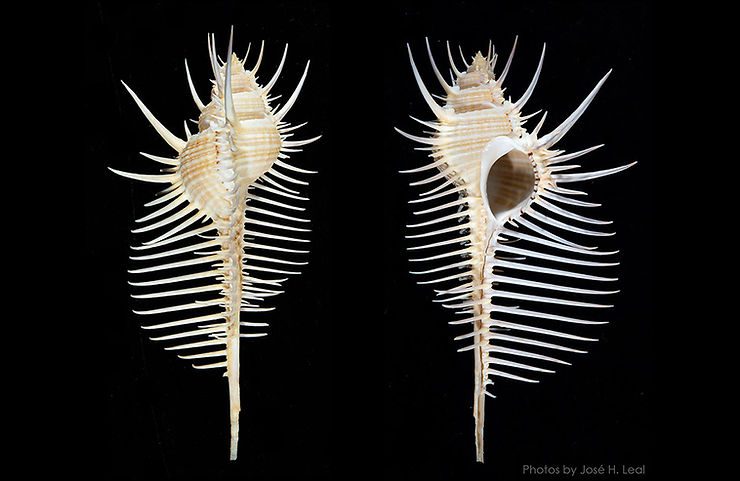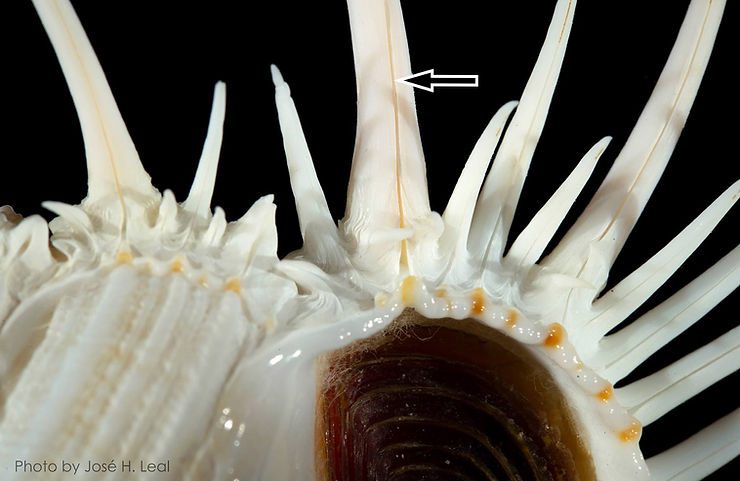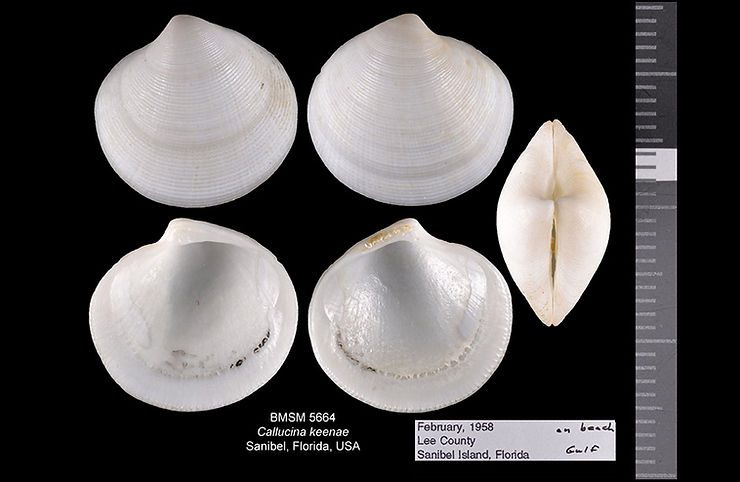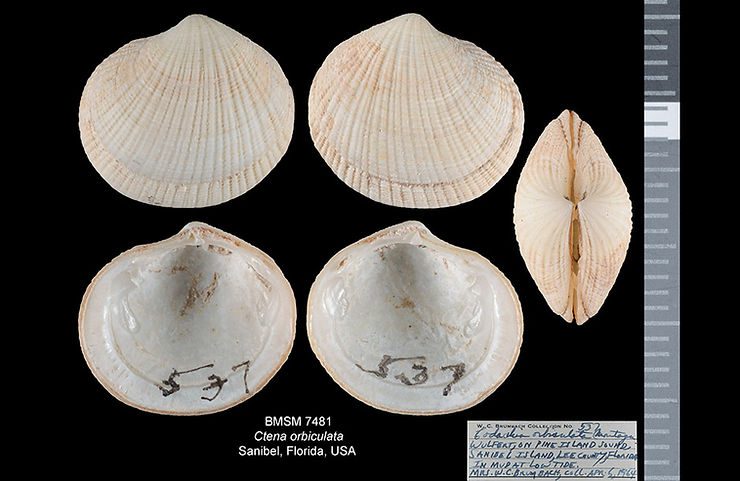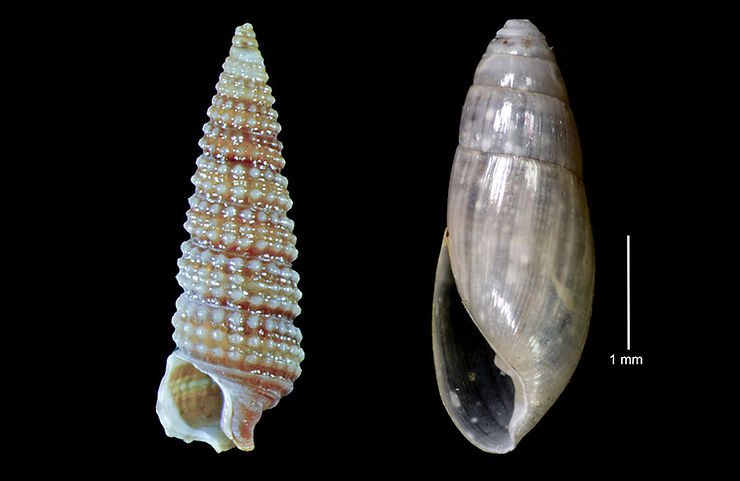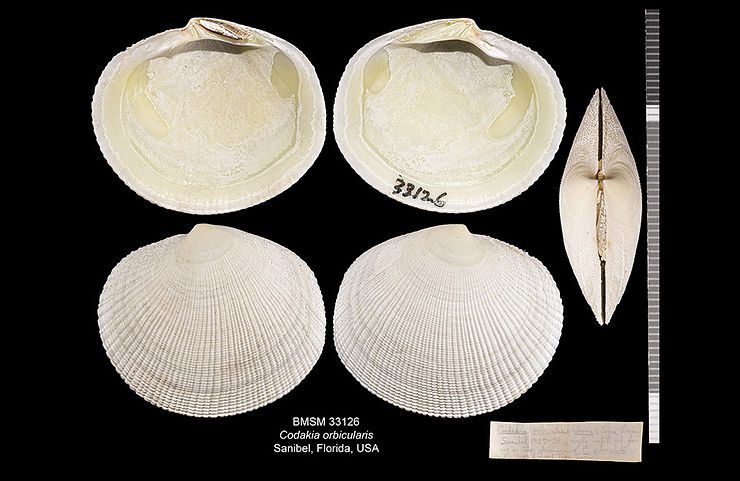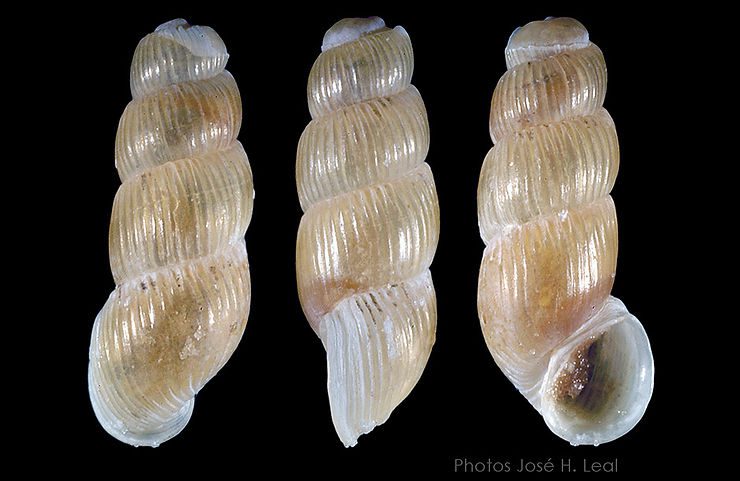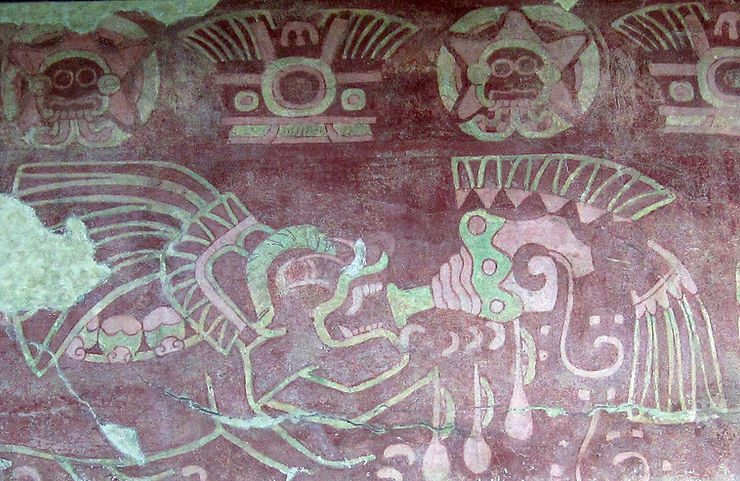
A Stunning Sea Slug
Photographed by Scott Johnson at Batuniti, near Tulamben, in Bali, on November 4, 2019, this large (about 10 cm, or 4 inches) sea slug Phyllodesmium iriomotense Baba, 1991 contrasts sharply with the dark, mucky, volcanic sand around it. The species is known to feed on octocorals, coral relatives in which the polyps have eight (octo = eight) branching tentacles. Phyllodesmium iriomotense was named by Japanese malacologist Kikutaro Baba (1905–2001) after the type locality for the species, Iriomote
